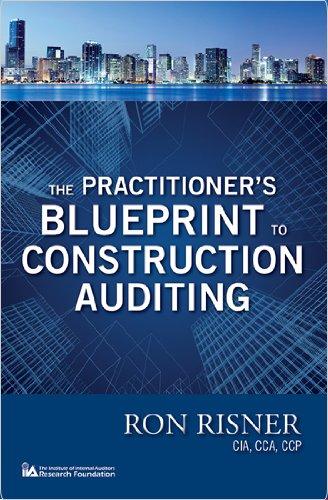Question
On July 2, we purchased merchandise on account for $15,000 with credit terms of 2/10, n/30. On July 5, we returned $3,000 of the merchandise
On July 2, we purchased merchandise on account for $15,000 with credit terms of 2/10, n/30. On July 5, we returned $3,000 of the merchandise inventory. On July 10, we paid the amount due. We use the perpetual inventory method. The journal entry to reflect the payment will include (select all that apply):
Question 1 options:
|
| A credit to Purchase Discounts of $240. |
|
| A credit to Merchandise Inventory of $240. |
|
| A credit to Cash of $12,000. |
|
| A debit to Accounts Payable of $11,760. |
|
| A debit to Accounts Payable of $15,000. |
|
| A debit to Accounts Payable of $12,000. |
|
| A debit to Sales Discounts of $240. |
|
| A credit to Cash of $11,760. |
On May 2, we sell merchandise on account for $10,000 with credit terms of 3/10, n/90. On May 10, we receive the amount due. We use the periodic inventory method. The journal entry to reflect the receipt will include (select all that apply):
Question 2 options:
|
| A credit to Sales Discounts |
|
| A debit to Sales Discounts |
|
| A credit to Cash |
|
| A credit to Sales |
|
| A credit to Accounts Receivable |
|
| A debit to Cash |
|
| A debit to Accounts Receivable |
|
| A debit to Sales |
Based on the following data, the amount of gross profit reported on a multi-step income statement would be:
| Sales | $360,000 |
| Sales Returns | 20,000 |
| Cost of Goods Sold | 150,000 |
| Selling Expenses | 40,000 |
| Admin. and General Expenses | 80,000 |
Your Answer:
Question 3 options:
|
|
| Answer |
Elvis Co. purchased merchandise with terms of 2/10, n/30, FOB shipping point. Elvis Co. uses the perpetual inventory system. When Elvis Co. records the freight chargers it will:
Question 4 options:
| A) | Decrease Merchandise Inventory |
| |
|
|
| ||
|
|
| ||
| B) | Increase Freight-in. |
| |
|
|
| ||
|
|
| ||
| C) | Do nothing because the freight charges are the seller's responsibility. |
| |
|
|
| ||
|
|
| ||
| D) | Increase Merchandise Inventory |
| |
|
|
| ||
|
|
| ||
| E) | Do nothing because the freight charges are the purchaser's responsibility. |
| |
|
|
| ||
|
|
| ||
The Shania Company December 31, 2015, balance sheet contains the following. The company's quick ratio (this is not the same as the current ratio) to the nearest tenth is, _____ to 1.
| Cash | $8,000 |
| Account Receivable | 12,000 |
| Inventory | 20,000 |
| Equipment | 60,000 |
| Accumulated Depreciation | 20,000 |
| Accounts Payable | 8,000 |
| Salaries Payable | 2,000 |
| Notes Payable, due in 20 days | 10,000 |
| Mortgage Note Payable, due in 15 years | 20,00 |
| Twain, Capital | 40,000 |
|
|
|
The periodic inventory system is used. A physical inventory at the end of the year shows $17,000 of merchandise inventory on hand. The account balances at the end of the year for selective accounts follow:
| Merchandise Inventory (beginning) | $20,000 |
| Purchase Discounts | $ 2,000 |
| Purchase Returns and Allowances | $ 4,000 |
| Purchases | $200,000 |
| Transportation-In | $ 3,000 |
What is Cost of Goods Sold (COGS) for the period?
Your Answer:
Question 6 options:
|
|
| Answer |
Step by Step Solution
There are 3 Steps involved in it
Step: 1

Get Instant Access to Expert-Tailored Solutions
See step-by-step solutions with expert insights and AI powered tools for academic success
Step: 2

Step: 3

Ace Your Homework with AI
Get the answers you need in no time with our AI-driven, step-by-step assistance
Get Started


